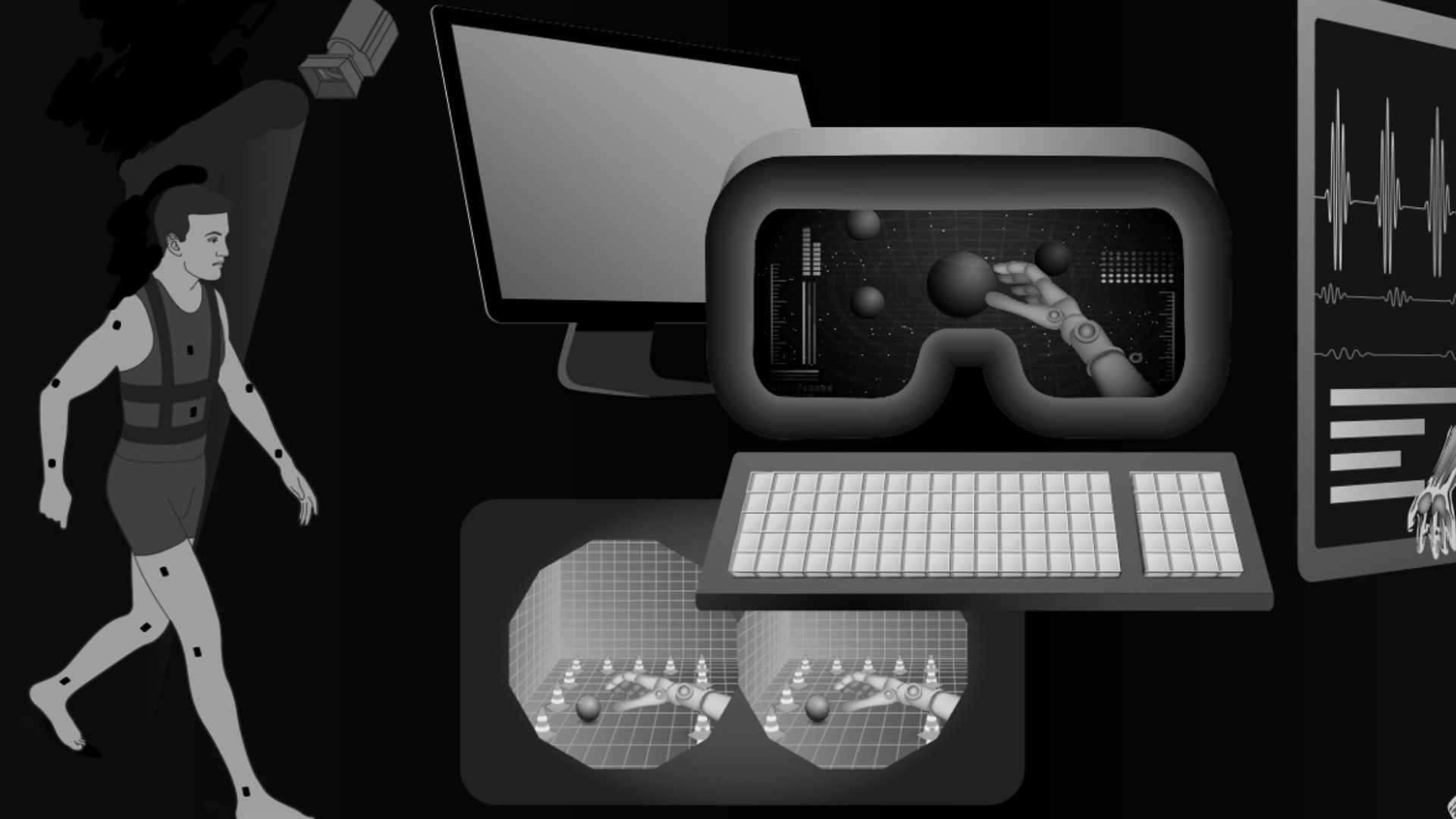Cervical Myelopathy (CM) is a degenerative disorder and one of the most common spine disorders requiring surgery globally. Cervical myelopathy is characterized by narrowing of the cervical spinal canal and compression of the spinal cord. Typical CM presentation includes gait disturbance, functional loss of movements and loss of hand dexterity.
Sources: Montgomery et al. 1992;23(3):487-93 ; Witiw et al. 2018;29(1):169-76 ; Baron et al. 2007;60(1):Supp1

More than 70% of Cervical Myelopathy (CM) cases require spine surgery to prevent symptom progression and halt clinical deterioration. The prognosis varies considerably even with the same surgical approach. It is challenging to accomplish a correct matching of patients to interventions and subsequently maximizing the degree of post-surgery improvement.
Sources: Cheung et al. PMCID: PMC2269013 ; Mummaneni et al. 2009;11(2):130-41 ; Kalsi-Ryan et al. 2020;9(3) ; Zileli et al. 2019;16(3):435-47

The Pennicooke Lab has dedicated research projects to capture motor function performance. We do this by using lab-based and smartphone-based 3D motion capture cameras and wearable electromyographic (EMG) sensors. Testing is done at baseline (preoperative) and at 6 weeks, 3 months, 6 months, and 12 months after surgery. We are then able to characterize improvement in motor function and preoperative symptoms.

Advanced neurotechnology is used to monitor movement components through 3D motion cameras in a lab-based set up.
The patient is asked to perform various movement tasks which allow us to quantify their impairment due to cervical myelopathy.

For Cervical Myelopathy patients, 3D motion capture recordings will be carried out during regular clinic appointments using a smartphone-based application. Up to 5 wearable sensors may be applied at the beginning of the session and will be worn for the duration of the appointment. Once sensors are applied, a member of the research team will collect video and sensor data using a smartphone app. Video data will be collected in multiple planes.

Biomechanical analysis is a powerful tool in the evaluation of movement dysfunction in orthopedic and neurologic populations. Three-dimensional (3D) motion capture technology and electromyographic (EMG) sensors offer the possibility to assess motor performance in real time and objective assessments to quantify the extent of damage and by measuring the improvement after surgery.
3D motion analysis opens the possibility of developing collaborative robots for rehabilitation after spinal surgery for CM.

The 3D motion capture for Cervical Myelopathy offers not only symptomatic improvement and more favorable prognosis for patients on an individual level, but also aids in developing a clinical decision-making support tool to make reliable early decisions regarding a management plan.

Pennicooke Lab is currently executing lab-based 3D motion capture recordings and will be starting smartphone application-based recordings in coming months.
Dr. Pennicooke is working to develop neuro-rehabilitation tools and programs that promote active use of residual mobility, maximize recovery, and improve the quality of life of individuals with neurological disorders.

The Pennicooke Lab is working on a smartphone application-based 3D Motion Capture study for Cervical Myelopathy Patients. The 3D motion capture smartphone application and the custom-made wearable sensors used in this study are designed by our collaborators at a nearby university.
